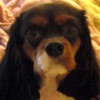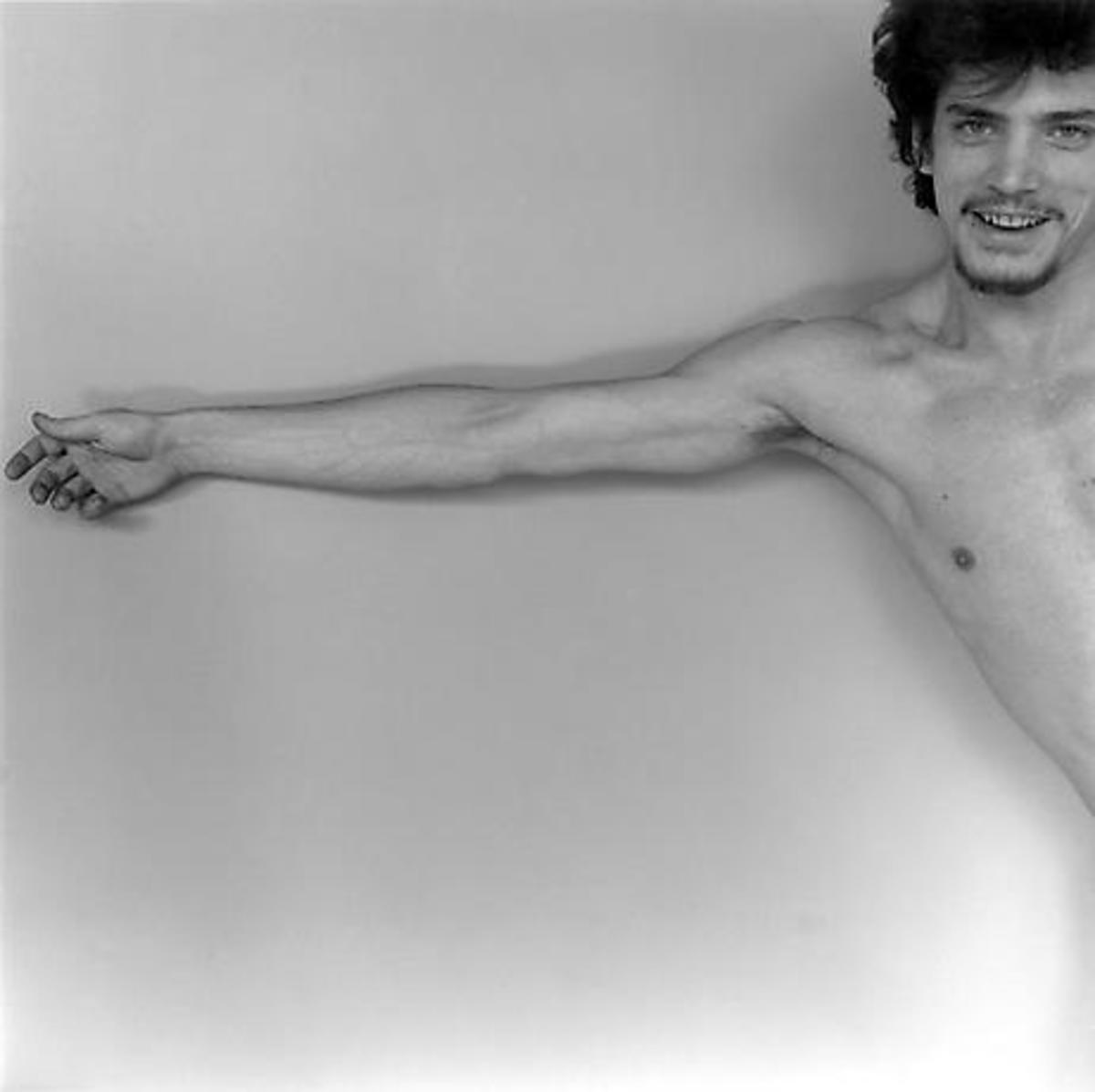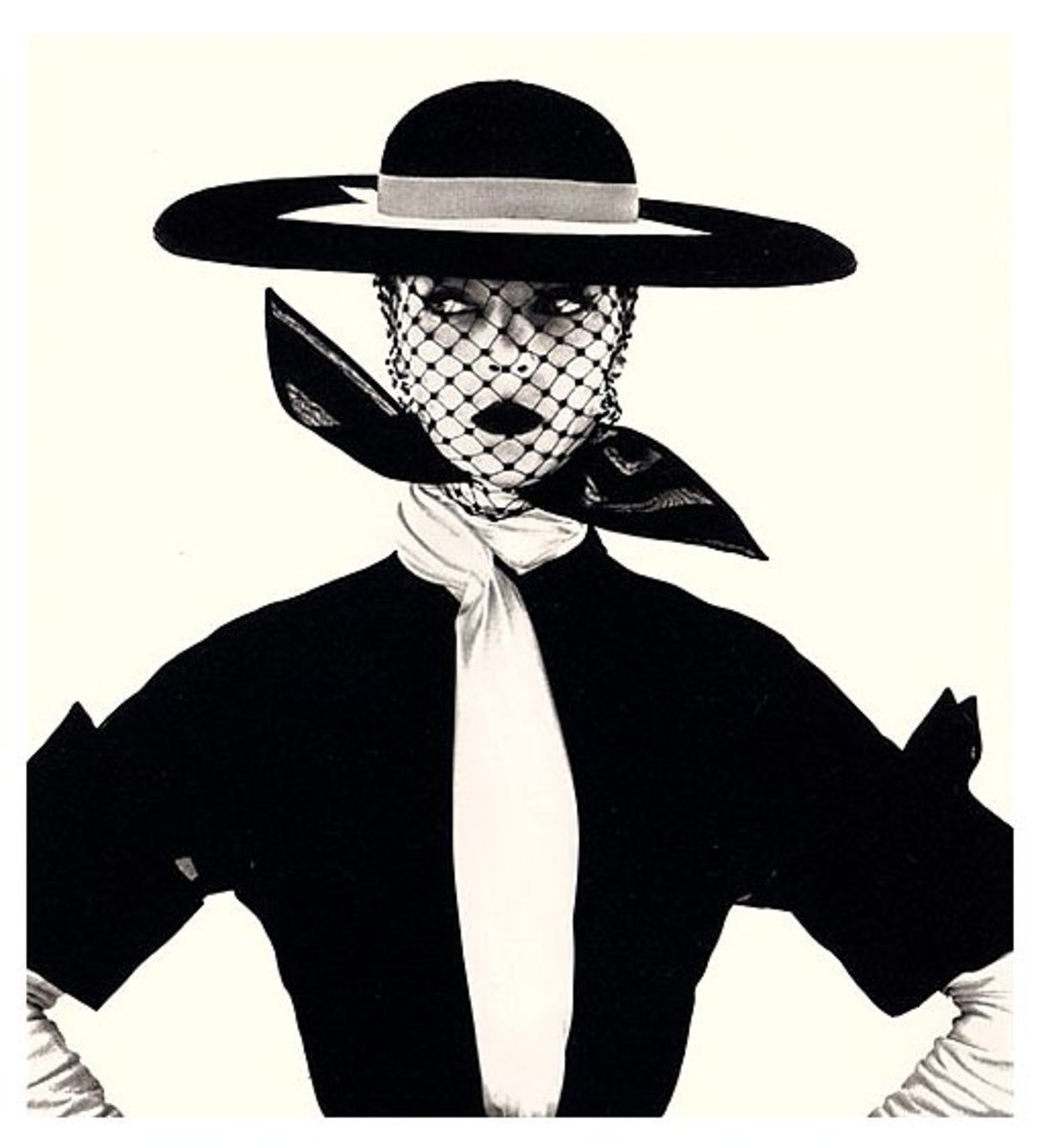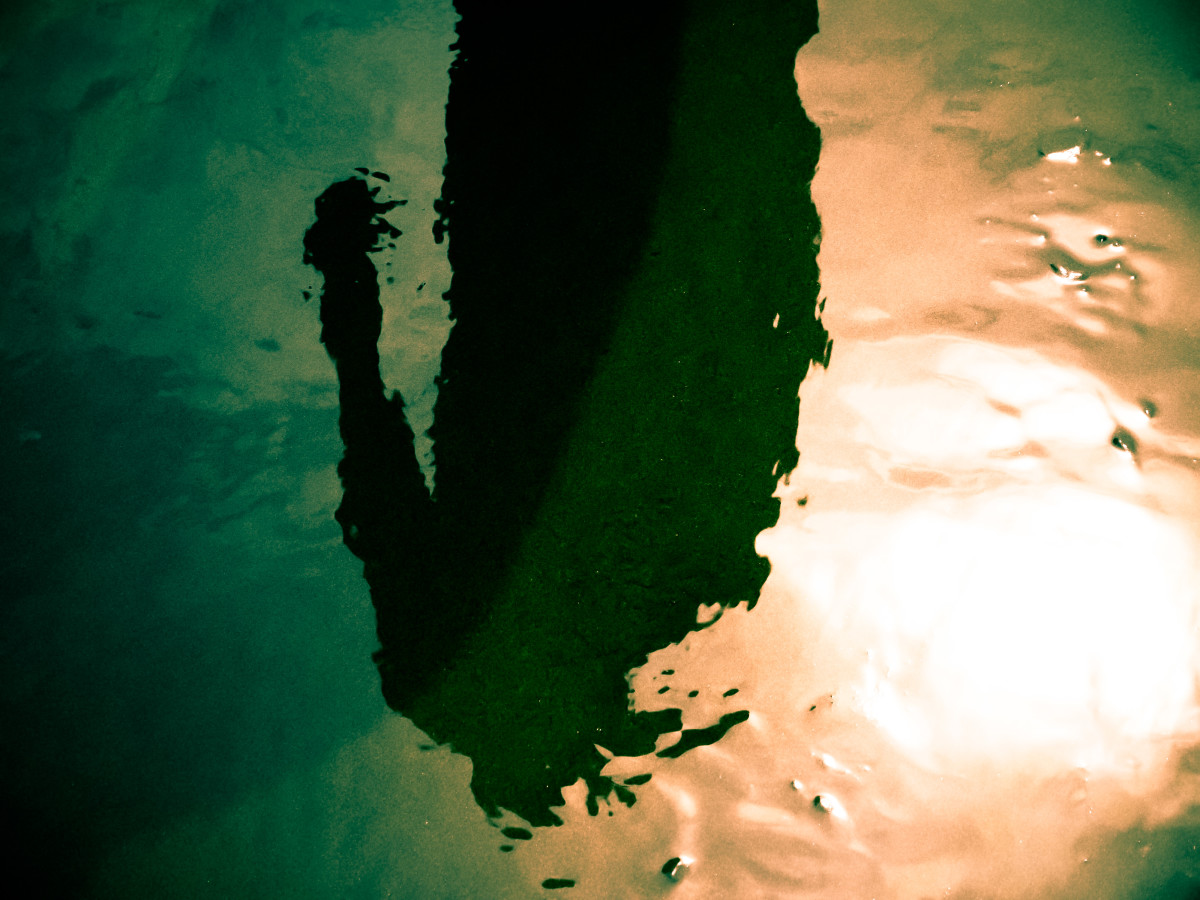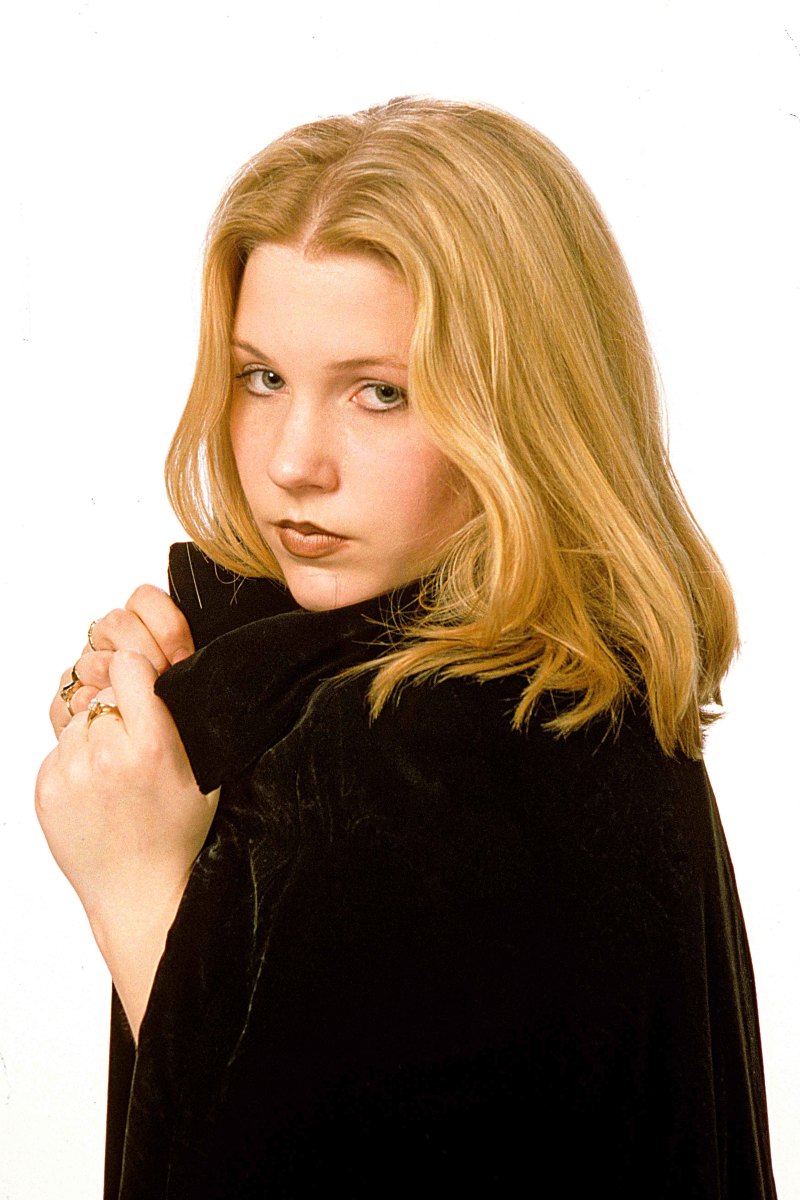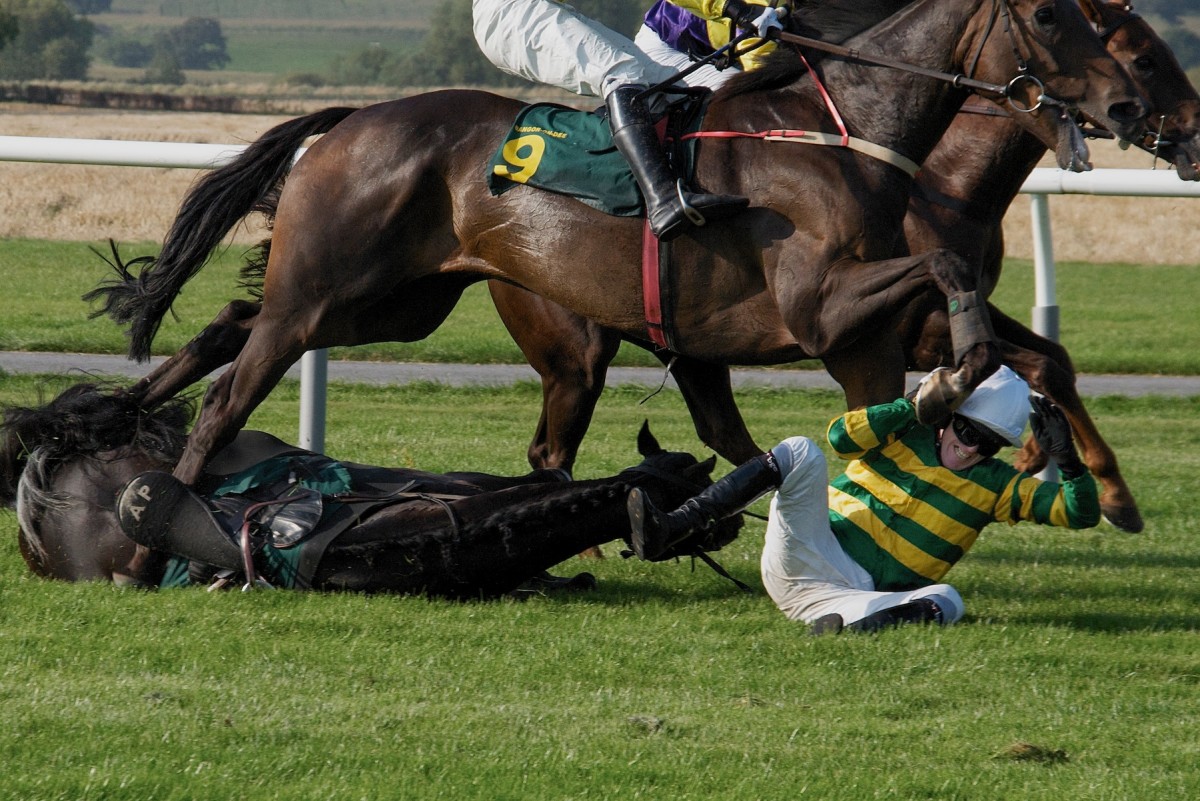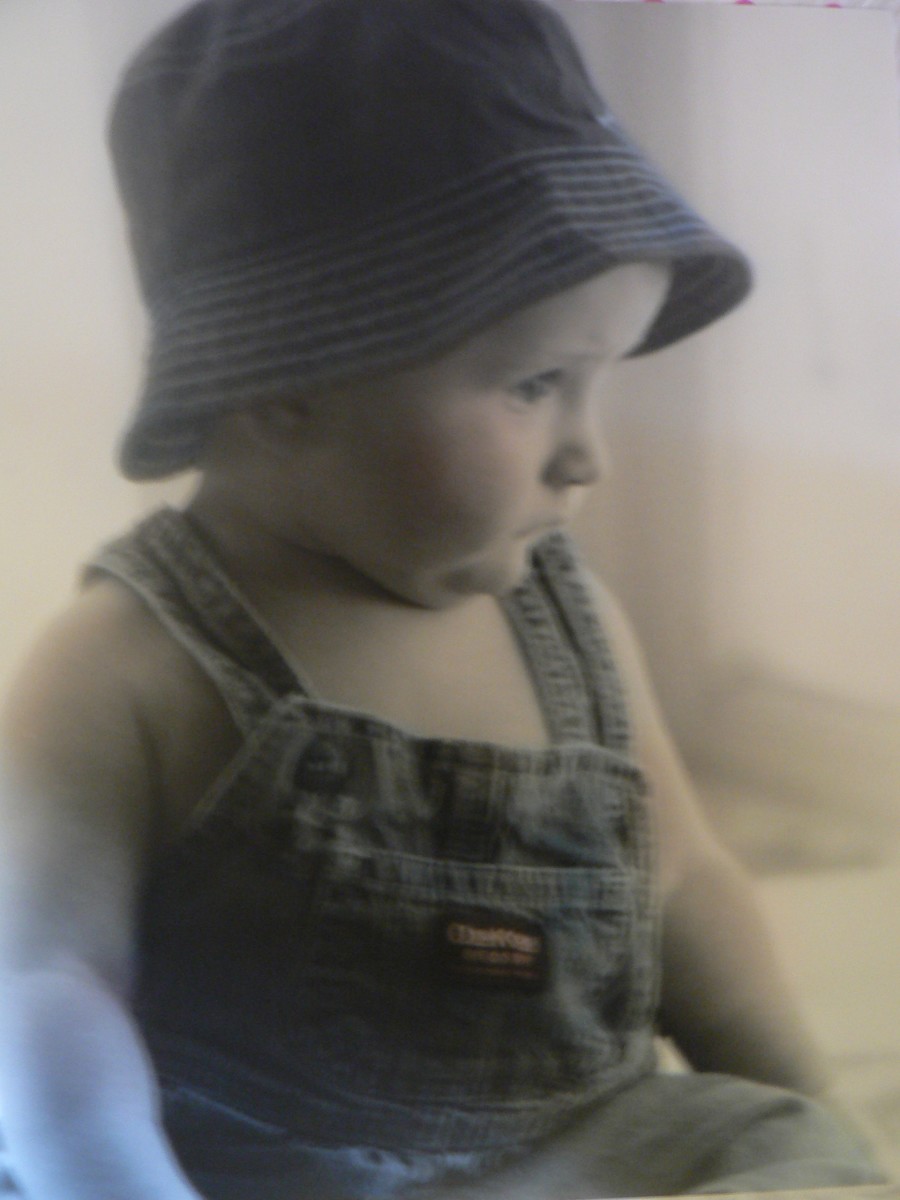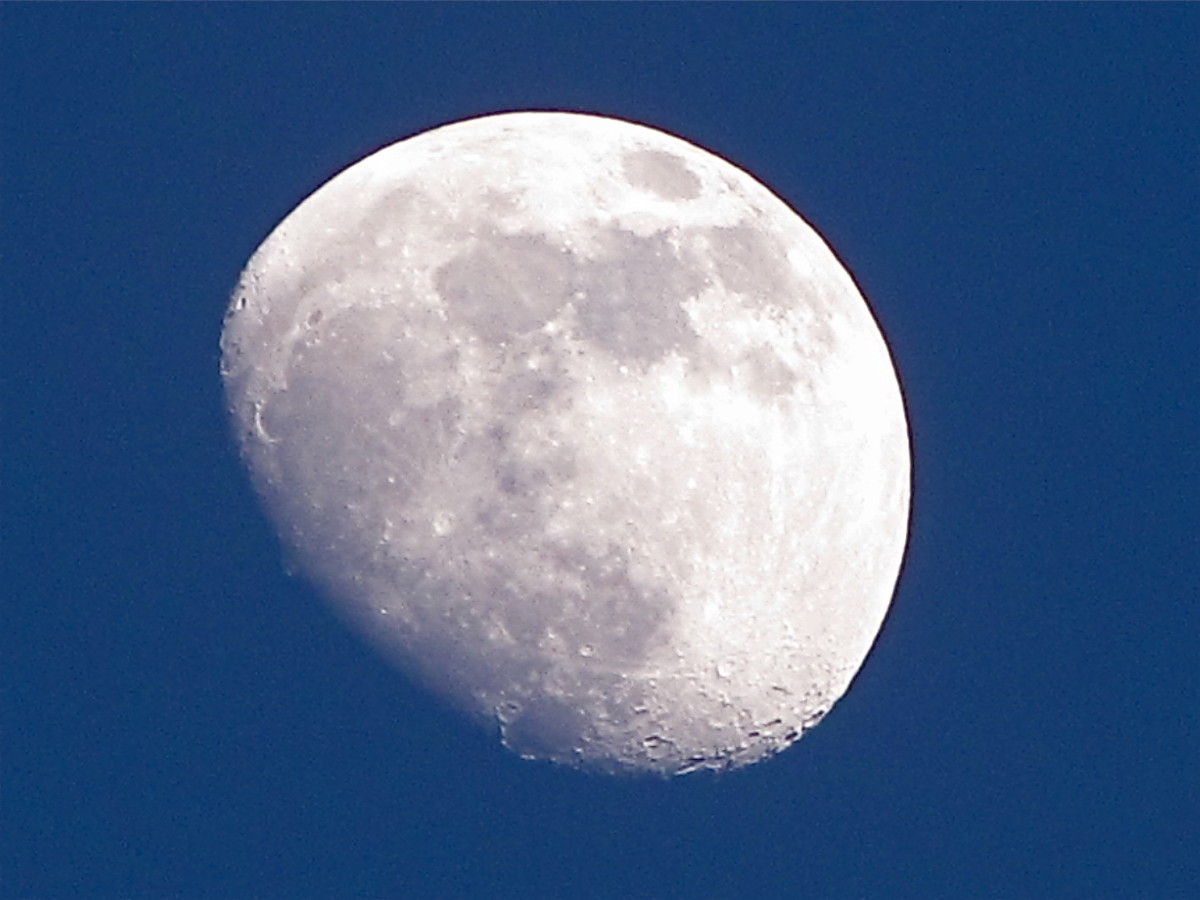Julia Margaret Cameron: From High-Society Housewife to Fine-Art Photographer
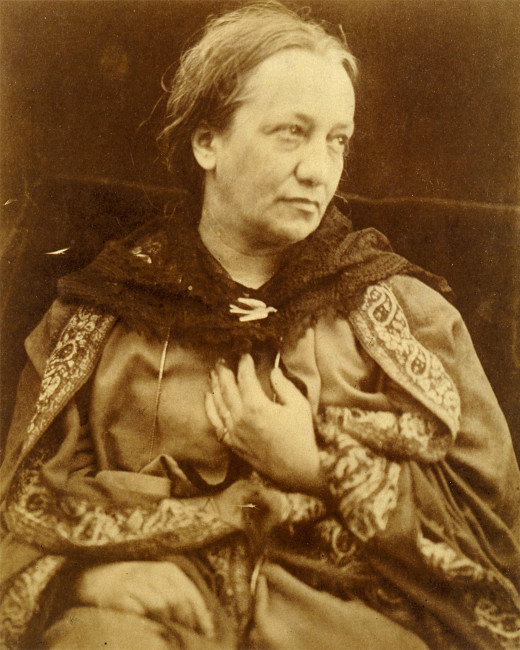
Julia Margaret Cameron began her photography career late in her life. She was given her first professional camera as a Christmas gift in 1863 by her daughter and son and law, Julia and Charles Norman, respectively. This was so she could simply use it to peruse a creative outlet. However, she ended up putting the rest of her life into it. Her photography ended up being recognized as great and winning several awards. She also became one of the most influential people who worked at getting photography recognized as an art form.
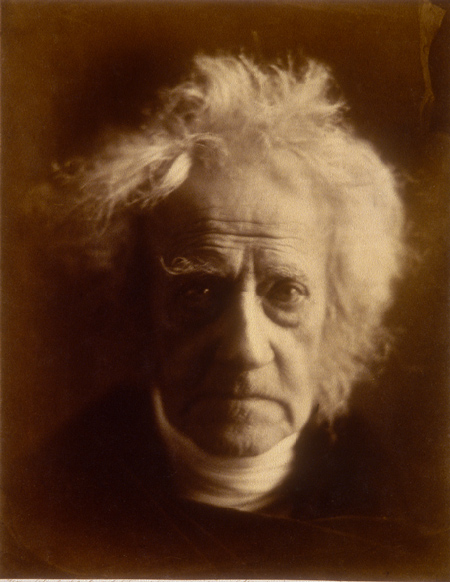
Early Life and Famous Friends
Cameron was born in Calcutta, India in 1815. She was the fourth of seven sisters. Her father was James Pattle, an “official with the East India Company”. Her mother was Adelaine de le’Etang, who came from a family of French aristocrats. She spent her childhood moving between France and England to receive an education. Eventually, she came back to Calcutta in 1834.
Cameron went to Cape Town from 1836 to 1837. There, she met someone who would be one of her good friends and a great supporter. This person was the scientist and astronomer, Sir John Herschel. Herschel was one of the first to introduce Cameron to the concept of photography. When they wrote letters to each other, he would tell her of the invention of photography. He even sent her examples of the product of this invention in 1842.. Later, when Cameron became a photographer, herself, she would use Herschel as one of her subjects. Cameron had several other friends, as well as photographic subjects, that were historical figures. In 1848, she moved to Kent, England, and met Sir Henry Taylor and Alfred Tenyson. She met many more when she went to stay with her sister in her lodgings in Kensington, England. She met G.F. Watts, William Holman Hunt, Robert Browning, and Hery Cole. Cole was the founder of the South Kensington Museum, which would later become the Victoria and Albert Museum. He would become an important contact to have when she began her photography career.
The Dimbola Lodge
Julia met her husband, Charles Hay Cameron, in 1837. Charles was an “important figure in law reform and education” in India. He was twenty years older than Julia was. In 1838, they married in Calcutta. The Cameron family became “active in colonial politics”. Julia often acted as a hostess to their frequent guests and as a mother to their children, though their oldest two children, Julia and Eugene, were sent to England to further their education. Eventually, the family moved to Kent after Charles retired.
In 1858, Charles took a trip to Ceylon to inspect the coffee and rubber plantations owned by the family. Meanwhile, Julia took a trip to Freshwater on the Isle of Wright to visit her friends, the Tennyson family. While she was there, she bought two cottages and set up the Dimbola Lodge. This lodge drew in even more important historic art and literary figures. For example, Charles Dodson, who is better known as Lewis Caroll, visited the lodge in 1862. Quite a few photographers also came to the lodge. The photographer, Reginald Southey, visited in 1857, and Oscae Reijander visited in 1863. Reijander was the photographer that probably taught Cameron the most about composition in photography. She and her many artist friends also discussed the artistic matters and merits of photography.
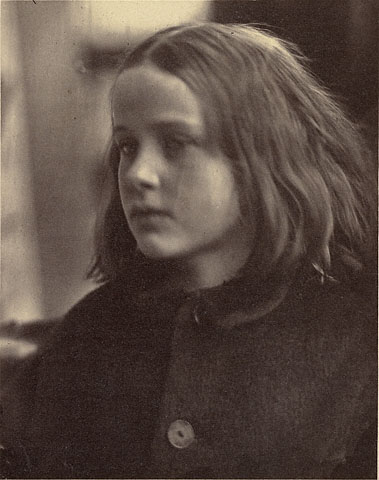
The Photographer and the Businesswoman
Before receiving that important gift in 1863, Cameron had been done other things that related to photography in the 1850s. She would print negatives and photograms, compile albums, pose for photos, and help others stage compositions. Finally, she did receive the gift of her first camera and began her renowned career in photography. She turned her coal store into a dark room and her chicken coop into a studio. In 1864, she came up with her first true “success”, a portrait study of Annie Philpot.
Cameron soon began to widely distribute her works and make business arrangements involving them. She assembled albums for her friends and supporters. She made contacts with museums such as the British Museum and the South Kensington Museum, and “initiated acquisitions of her work” in those places. She had her works copyrighted at the British Copyright Office. She “became a member of the Photographic Societies of London and Scotland”. She also began having “her more popular works reproduced as carbon prints”. Overall, she was making further arrangements to “exhibit and sell her work”, and turn her art into a business, as well. All of her work in this area was recognized by the Colnahgi print dealers in London, and they became her agent in 1865. She also won several awards and honorable mentions at international exhibits. Her most notable award is the Gold metal received in Berlin in 1866.
The Developer's Room
Cameron had developed a unique style of photography and post production through the process of trial and error. By 1864, the entirety of the style came to its fruition. What she had done was a variation of the process of making “albumen-silver prints from wet plate negatives”. This technique was created in 1850 by L.D. Blanquart-Evard, as an improvement on the salted paper process. It became the most common form of photographic printing in the 19th century, until the process of gelatin dry plate printing was developed in the 1880s.
First, a sheet of glass is cleaned. Then, a chemical solution of collodion, gun cotton dissolved in ether and alcohol, is poured over the plate and mixed with a coat of silver nitrate salts. This made the plate sensitive to light in the dark room. The plate was placed in the camera, and the cap was removed from the lens to expose the plate to light. Cameron typically used a sliding-box camera with a Jamin lens set to an aperture of f3.6 and the focal length set to about 12 inches. Her first camera held 12x10 inch plates, while her second camera, which she purchased in 1866, could hold plates as large as 15x12 inches. Her exposure times were typically three to seven minutes. The damp glass was taken into a dark room, and developing solution was poured on it. The negative was washed in “hypo or cyanide to fix the image and remove unexposed silver salts”. However, Cameron often worried about the dangers of these chemicals. Next, she would bathe it again and coat it with a varnish. This ensured that she could print the negative multiple times without damage. When it was time to print, thin paper was coated with salted egg white. It was then sensitized with silver nitrate solution, and left to dry before use. To make her contact prints, Cameron used a frame “to sandwich together the negative and the contact paper in daylight, with the image beginning to appear on the paper”. Then, the print was toned to add color and made permanent.
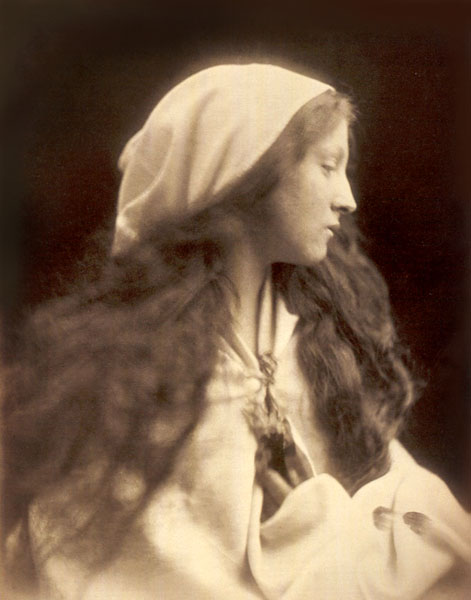
Unique Technique
Cameron would purposefully leave smudges and cracks on her negatives. She would also scratch at and draw on them, as well as “scrape away the emulsion to delete unwanted figures”. Cameron would cut prints into shapes she desired them to be in. She would also, sometimes, make composite prints from her negatives in order to suggest “new meaning or reading of the photograph”. Perhaps the most famous aspect of her style, however, is the out of focus effects, for which she was often criticized. Critics of this effect considered it a “technical failure”, though Cameron found these out of focus images to be beautiful, and even angelic. It is now considered an essential part of her head studies, such as the one of Freddy Gould, taken in 1866.
Cameron had a great deal of control over the stylization of her work. Sometimes, however, she could not control the cracking in her works as she wanted. This is present in one of her most famous works, “The Dream”, where a fine line of cracks, which were not intended to be shown by the artist, can be seen. These “honeycomb cracks” were, at first, theorized to be a result of the sea air at her home in the Isle of Wright. It could have also been a change in the formula of the solution she was using. However, the true culprit was revealed to be the failure to wash the fixer from the plate.
Stylistic Context
To further provide insight into her style, the works of Cameron are considered to have a nature relating to “Pre-Raphaelitism”. In this context, it is most likely referring to aesthetic Pre-Raphaelitism. The movement was started in the 1850s by Dante Gabriel Rossetti and Edward Bume-Jones. The style “emphasized themes of eroticism” and contained a “moody, often penumbral atmosphere”. These characteristics can be made present in the works of Cameron to a degree. She was also a devout Christian, and wanted a divine quality to her work. Many of her portraits depicted figures from religion and illustrated sacred text. Along with this, she created illustrations for other literary works, such as “Idylls of the King” by Tennyson. These reasons provide influence for her style. The works of Cameron have also been an influence for others, as well. She is known to be an inspiration to the Pictorialist movement, as they both wished to “elevate the status of photography to high art”. This is due to the fact that she mostly practiced transcendentalist thought, in which “individual will and the love of beauty could make the invisible visible”. Overall, Cameron primarily wanted to use her photography for expression, rather than as a method of recording.
Return to Ceylon
The Cameron family left Freshwater on October of 1875 to move to Ceylon. This was so Charles could further watch over the struggling coffee and rubber plantations that he had purchased and were being managed by three of their sons. Julia continued to practice photography, but her production had decreased significantly and few photos from the time remain. The Cameron family made one more visit to England in May of 1878, and then went back to Ceylon again. Julia died of an illness in Ceylon in 1879 and Charles died the next year. Julia Margaret Cameron continues to have a legacy of wonderful photography, as well as a wonderful impact upon the world of art.
Works Cited
Barber, Karen. "Artistic Portraiture: Julia Margaret Cameron." Women Photographers. California Museum of Photography, 2 May 1999. Web. 14 Sept. 2013.
"Julia Margaret Cameron: Working Methods." Victoria and Albert Museum. Web. 14 Sept. 2013.
Keaney, Magda. "Julia Margaret Cameron Biography." Victoria and Albert Museum. Australia Council, June 2003. Web. 14 Sept. 2013.
Landow, George P. "Aesthetic Pre-Raphaelitism." The Victorian Web. Brown University, 8 Oct. 2012. Web. 14 Sept. 2013.
